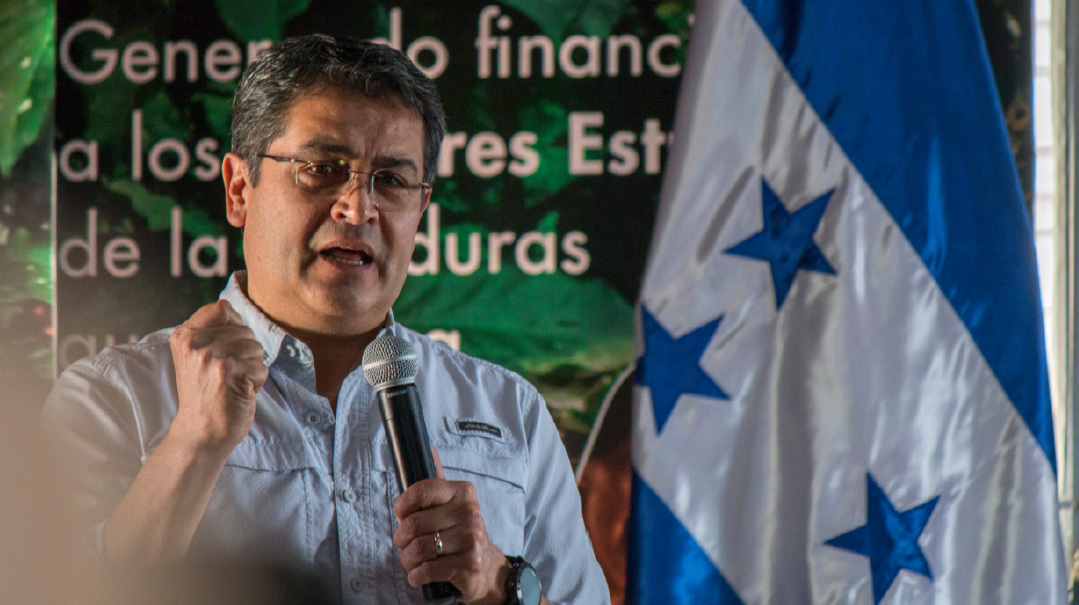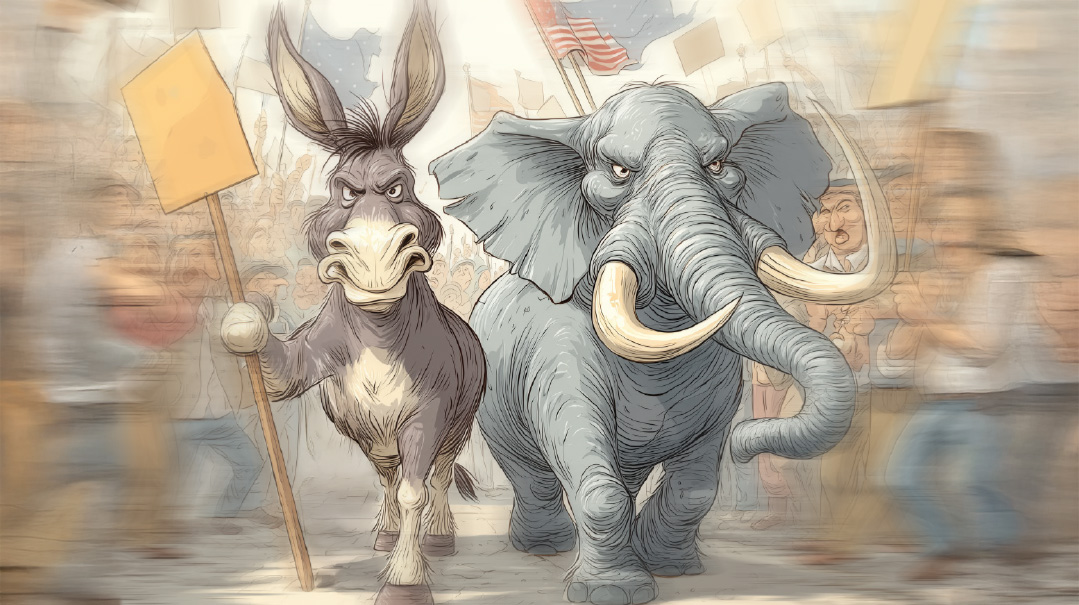A Journal of the Plague Year

An entire general population has achieved the most rarified and difficult type of mitzvah
D
uring the plague of 1665, which killed up to 25 percent of London’s population, Cambridge University shut its doors and sent students home. Isaac Newton, whose Cambridge career had been until then undistinguished, returned to his family estate, and there experienced an unparalleled efflorescence of scientific creativity over an 18-month period. He laid the basis for the modern science of optics, discovered the basic laws of motion and gravity, and developed the calculus. Only the period of 1916-17, in which Albert Einstein published three papers, each one of which would have been worthy alone of the Nobel Prize, can compare.
I do not know if the plague of 1665 in any way stimulated Newton’s thinking, other than giving him the freedom to pursue his own investigations, but the current one has certainly provoked a rush of thoughts in me – each on his own level.
We are currently guinea pigs of governmental policies that must balance between widespread severe economic pain and the potential loss of hundreds of thousands, if not millions of lives around the globe. While the choice of life over bankrupt businesses may seem an obvious one, Guido Calabresi, one of America’s preeminent legal scholars, points out in Tragic Choices that life does not trump all, or at least not always.
For instance, the United States could reduce traffic fatalities by tens of thousands each year by reducing the speed limit to 25 mph and enforcing it with lengthy prison terms for violators. Yet the public would never tolerate such a life-saving measure because of the dramatic inconvenience and societal disruption it would inflict.
Yet while governments are rightly spooked by the potential for the collapse of heath care systems, the preventative measures being imposed will also exact a huge toll in livelihoods lost, and small businesses destroyed, not to mention the resultant depression and familial breakdown.
And the decisions are being made in a climate of hysteria. CNN, for instance, proclaims a “pandemic unprecedented in modern times.” Modern times would include the Spanish Flu of a century ago, which is estimated to have claimed 20 to 50 million lives worldwide. And yet today, total deaths from COVID-19 worldwide number less than 7,000, and of those all but a thousand have been in three countries --China, Italy, and Iran. (The epicenters in the latter two countries were in areas where large numbers of Chinese workers were employed on Chinese funded projects.) China’s apparent success in bringing the rate of new infections down to near zero is the most optimistic news of all.
The current hysteria is fueled, in part, by the natural human tendency to catastrophize. A bit of historical perspective may provide some calm. Ever since Thomas Malthus propounded his iron law of population growth in 1798 – to wit, population tends to expand geometrically and the food supply arithmetically – we have heard dire warnings of mass starvation. Yet increased agricultural productivity has consistently outstripped population growth. During the 1980s AIDS epidemic, major publications published dire warnings that it would soon spread to the entire population. It didn’t. In 2003, the prestigious journal New Scientist headlined, “SARS Could Eventually Kill Millions.” It killed 774, notes science writer Michael Fumento, before eventually disappearing forever one hot July.
Further heightening the hysteria is a total lack of the information needed to make the tragic choices involved. Dr. John Ioannidis, professor of medicine, epidemiology, biomedical data science and statistics at Stanford University calls the current situation a “once-in-a-century evidence fiasco.” We cannot know the lethality of the virus without knowing how many people are infected: Are the reported cases just the most serious? And if they are, do they understate the total number of cases by a factor of 3 or 300? Yet only when we know how widespread the virus is can we know how lethal it is – the more widespread the less lethal.
Projecting the Diamond Princess experience, where seven out of 700 infected passengers, or 1 percent, died, onto the age distribution of the US population, writes Ioannidis, yields a death rate of .125 percent. But given the small sample, the actual rate could be anywhere from five times higher to five times lower.
Long before COVID-19 appeared on the scene, there were other known coronaviruses that can cause fatality rates of up to 8 percent in nursing home facilities, and which are responsible for between 3 percent and 11 percent of hospital admissions every winter for respiratory complaints. Had COVID-19 not been identified as a new virus, it is quite possible that this would have been thought of as nothing more than a bit worse flu season than usual. Estimated flu deaths in the US this year number between 22,000 and 55,000.
Among the many things we do not know, Ioaniddis writes in conclusion, is the long-term consequences of social distancing measures and lockdown measures to the economy, society, and mental health.
AMIDST THE GENERAL DREAD – for many of us from the loss of paychecks as much as unseen microbes – it is already possible to discern positive results of the COVID-19 scare. On a geopolitical level, the leaders of China and Iran stand exposed, though in different ways. By suppressing all news of this plague for two months, China’s leaders transformed what would have been a local outbreak into a worldwide epidemic, and revealed themselves to be unconcerned with the health of their own citizens. Moreover, we now stand forewarned of the perils of leaving supply lines of vital products, such as pharmaceuticals and medical gloves and masks, completely in Chinese control. As for the Iranian leadership, their sheer incompetence and their naïve beliefs in “Islamic medicine” are once again revealed to the long-suffering Iranian population.
As Jews, we are reminded forcefully of mah tov chelkeinu. Our confidence in the power of tefillah, whether individually or in minyanim with proper distancing in effect – my minyan this morning had seats clearly marked permitted and forbidden -- protects us against the feelings of helplessness that engulf so many and increase the panic.
One of the primary concerns that occupies futurists is: What will people do with their time when automation eliminates much of the work currently done by human beings? How many TV reruns can a person watch?
But for us, that is not a concern: Having the work done by others is one of the promises of the era of Mashiach. I recently had to pack and then unpack all my seforim due to home renovations. Just in my library, I found enough seforim and books to be learned or relearned to keep me fully and happily occupied until 120, and certainly until the end of the current lockdown. Knowing kol haTorah kulo is an impossible task; it is literally endless.
On a societal level, the human capacity for altruism, particularly in times of common threat, has come to the fore. In Israel, for instance, Prime Minister Netanyahu has repeatedly stressed that for the majority of the population the risks are negligible; we are doing this for the elderly and the immune-suppressed. Schools have all closed down, even though the young are in almost no danger, and despite the questionable efficacy. A comparison of the virus’s spread in Hong Kong, which closed schools, and Singapore, which did not, shows no clear difference.
Thus an entire general population has achieved the most rarified and difficult type of mitzvah – one without the intention of receiving a reward. In Ruach Chaim, Rav Chaim of Volozhin explains that “lo al manas l’kabel pras” does not mean that one performs the mitzvah with no intention of opening the conduits of Divine blessing, but rather with the intention that the blessing flows to the entire world and not specifically to oneself. And that is what we are witnessing today on a societal level.
That, incidentally, imposes a particular obligation on the Torah community. When all around us are making considerable sacrifices on behalf of others, we cannot go around blithely flaunting the restrictions imposed as if we have not a care in the world – e.g., with large celebrations. And should our communities become major centers of infection as a consequence of flaunting the rules we will be responsible for a major chilul Hashem.
Originally featured in Mishpacha, Issue 804. Yonoson Rosenblum may be contacted directly at rosenblum@mishpacha.com
Oops! We could not locate your form.







